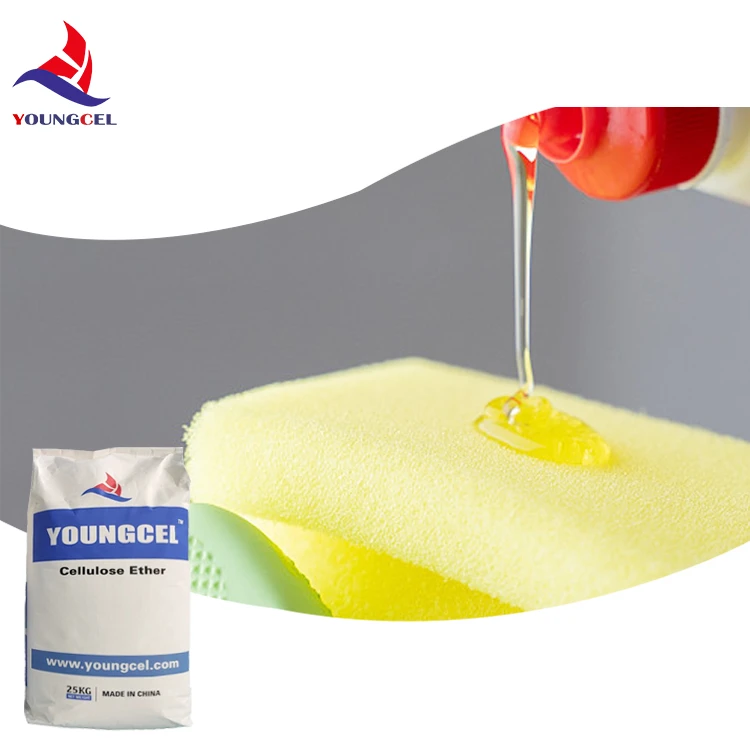Understanding RDP Powder Composition, Applications, and Future Prospects
RDP powder, also known as redispersible polymer powder, is an innovative material that has gained significant traction in various industries, particularly in construction and building materials. This polymer powder is a fine white powder that, when mixed with water, forms a homogenous dispersion. Its ability to enhance the properties of construction materials has made it a vital ingredient in products such as cement, adhesives, and sealants.
Composition and Properties
RDP powder is primarily composed of a synthetic polymer, often derived from vinyl acetate or ethylene. When applied in construction, it serves as a binder that improves adhesion, flexibility, and water resistance of cement-based materials. One of the key features of RDP powder is its redispersibility; once it is dried and set, adding water can rehydrate it, returning it to a usable state. This characteristic is hugely beneficial in both the manufacturing and application processes, as it allows for a longer shelf life and easier handling of construction products.
Applications in the Construction Industry
The versatility of RDP powder can be observed in various applications within the construction sector. One of its primary uses is in tile adhesives. By incorporating RDP powder into formulations, manufacturers can create adhesives that exhibit superior bonds and flexibility, essential for both ceramic and natural stone tiles. The enhanced properties of the adhesive help to accommodate the expansion and contraction of tiles, preventing cracks and failures over time.
Another significant application of RDP powder is in plaster and cement mortars. When added to these materials, RDP enhances their workability and significantly improves their mechanical properties. The use of RDP-modified mortars ensures better adherence to surfaces, reduces water permeability, and increases the lifespan of the application. This is particularly important in harsh environmental conditions, where materials are subject to moisture and temperature changes.
rdp powder

Furthermore, RDP powder plays a crucial role in producing dry-mix mortars, which are increasingly being used in modern construction due to their convenience and efficiency. These mortars can be pre-packaged and require only the addition of water at the site, making them an ideal choice for quick construction processes. As the demand for dry-mix products rises, the role of RDP powder in enhancing their performance will continue to be integral.
Advantages of RDP Powder
The incorporation of RDP powder into construction materials provides several advantages. Firstly, it enhances the adhesion properties of the products, ensuring that they bond well to various substrates. This is essential for both structural integrity and aesthetic appeal in construction projects. Secondly, RDP powder improves flexibility and reduces the risk of cracking, which is crucial in applications subject to thermal expansion and contraction. Thirdly, it enhances water resistance, ensuring that the materials remain durable over time, even in wet or humid environments.
Future Prospects
The future of RDP powder appears bright, particularly as the construction industry increasingly shifts towards sustainable practices. With growing emphasis on eco-friendly materials, RDP powders are being developed from renewable resources, which could enhance their appeal and adoption. Additionally, ongoing research into the properties of RDP powder may yield new formulations that provide even greater benefits, including improved performance in cold weather applications or enhanced fire resistance.
In conclusion, RDP powder is a valuable material in the construction industry, offering enhanced adhesion, flexibility, and durability. As demand for advanced building materials grows, the role of RDP powder will likely expand, driving innovation and improving the quality of construction projects worldwide. With ongoing advancements and research, the future looks promising for RDP powder, solidifying its importance in modern construction practices.
-
Rdp Powder: Key Considerations for Wholesalers in the Building Materials IndustryNewsJul.08,2025
-
Key Considerations for Wholesalers: Navigating the World of Hpmc - Based ProductsNewsJul.08,2025
-
Hpmc Detergent: Key Considerations for WholesalersNewsJul.08,2025
-
Key Considerations for Wholesalers: China Hpmc For Tile Adhesive, Coating Additives, Concrete Additives, and MoreNewsJul.08,2025
-
Crucial Considerations for Wholesalers: Navigating the World of Construction MaterialsNewsJul.08,2025
-
Key Considerations for Wholesalers Sourcing Additive For Cement, Additive For Concrete, Additive For Putty from Additive Manufacturer Shijiazhuang Gaocheng District Yongfeng Cellulose Co., Ltd.NewsJul.08,2025




